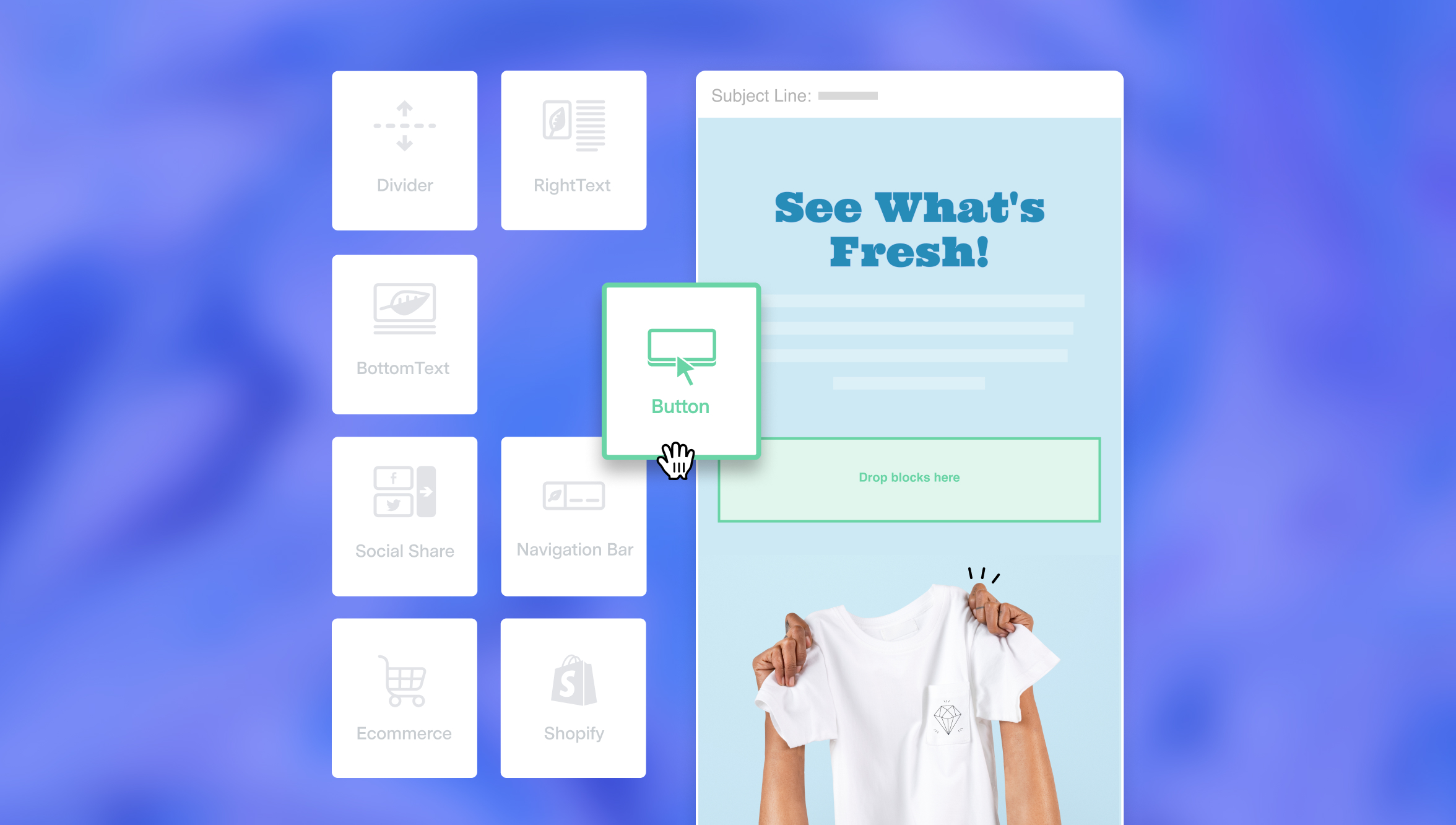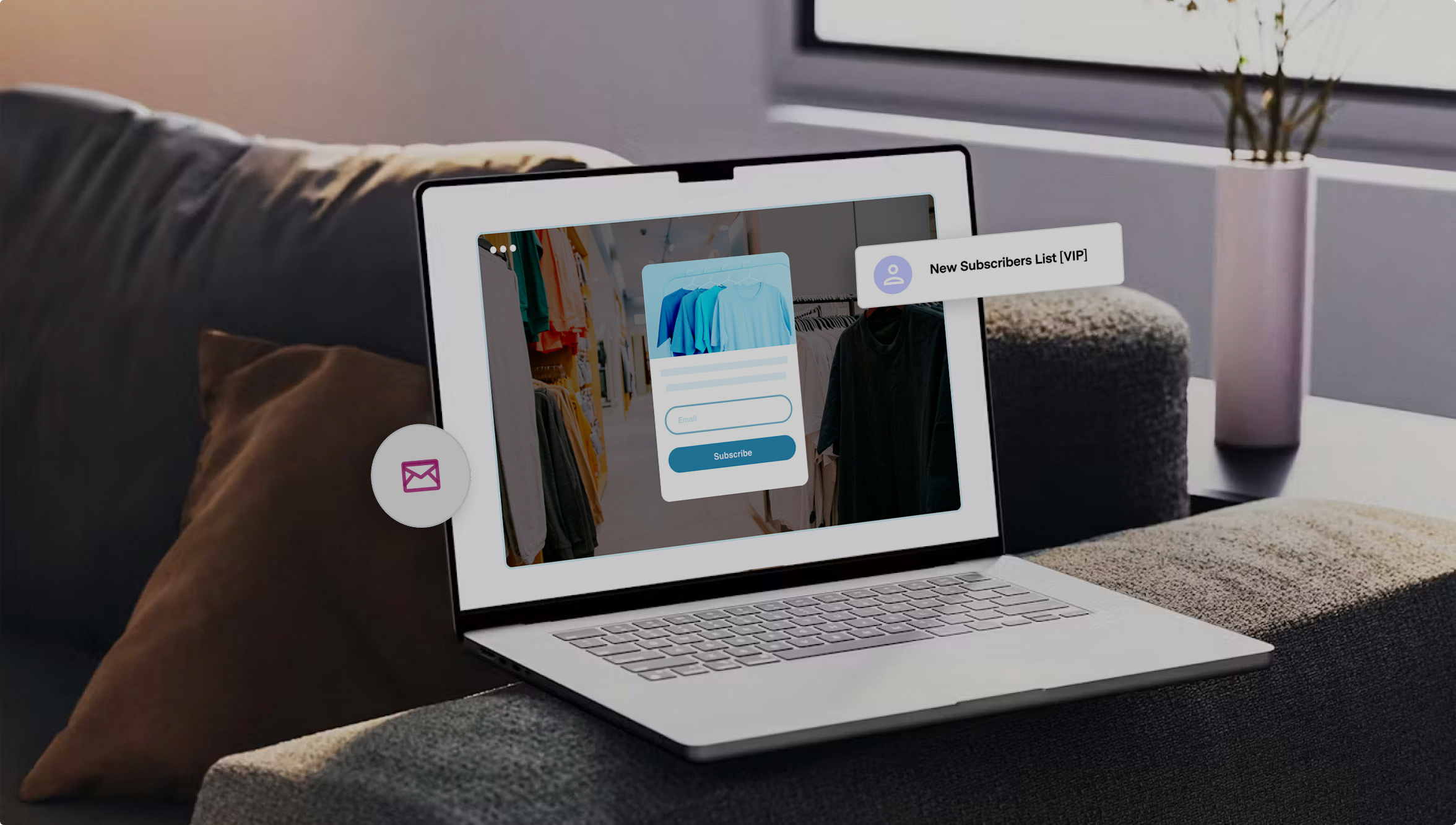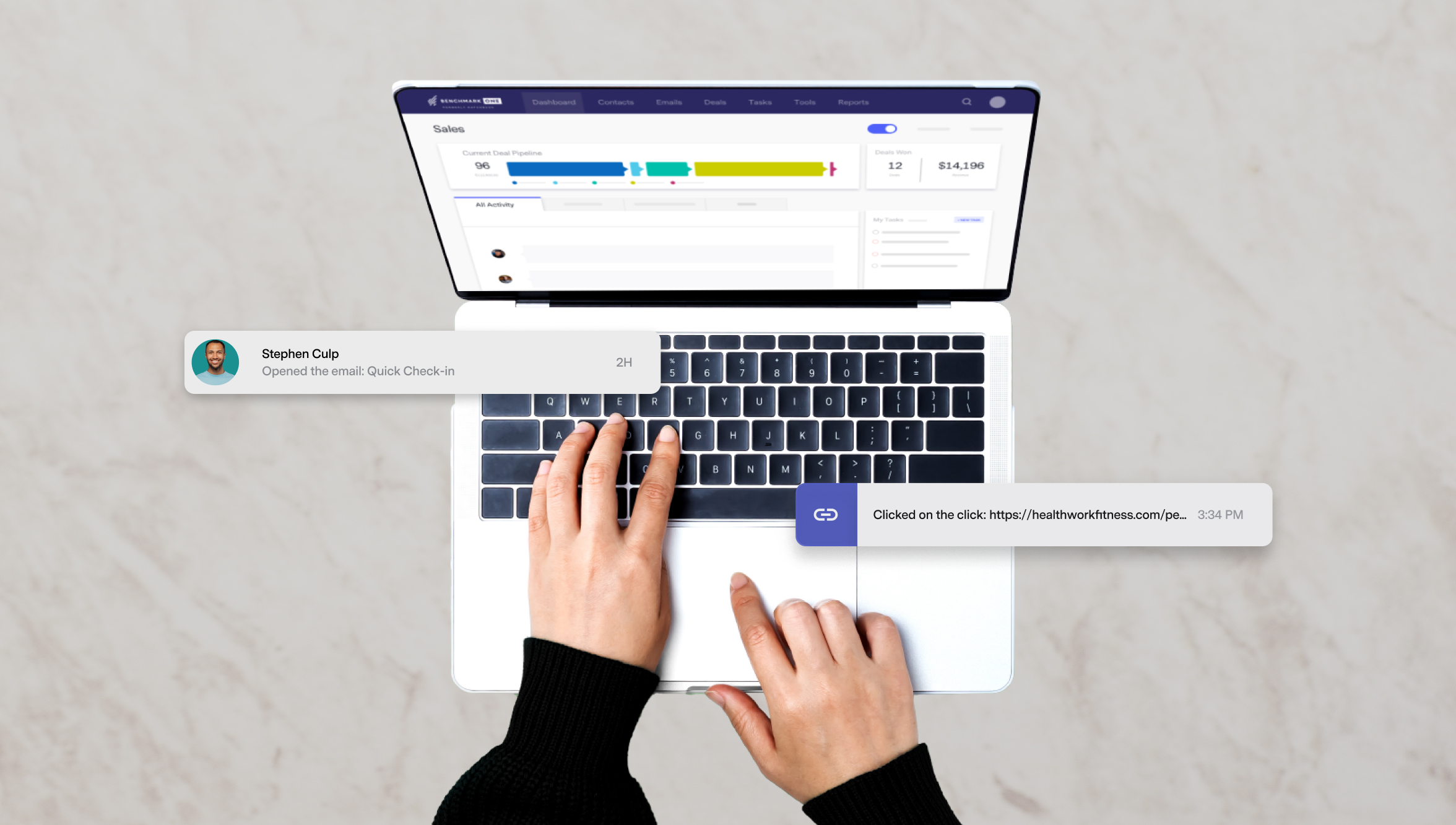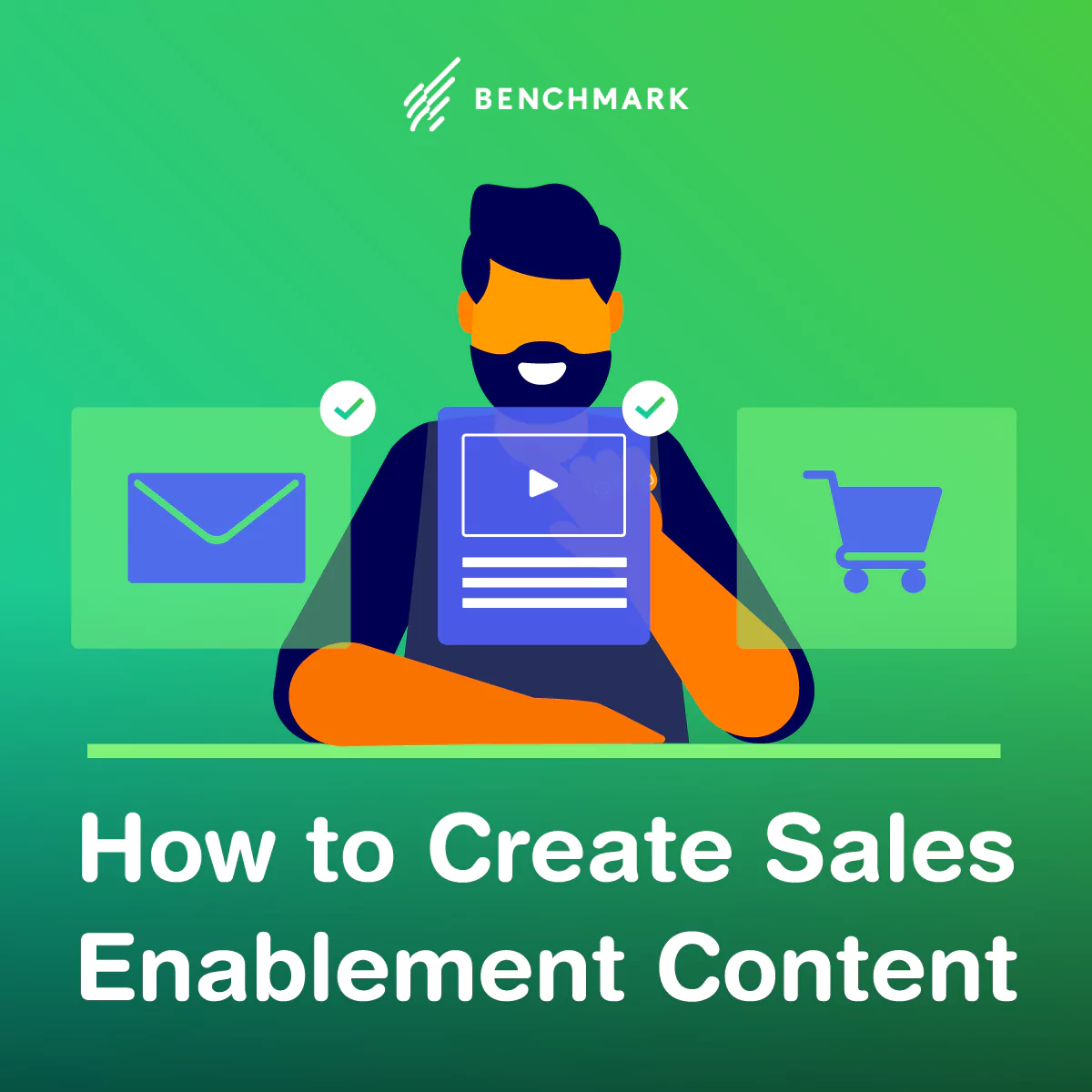
The way you treat your consumers matters, and it starts with your very first interaction. Eighty percent of customers report that the experience a company provides is just as important as its products and services. And with 67 percent of customers willing to pay more for a better experience, it’s crucial your sales team rolls out the red carpet from the get-go.
Since content fuels your email marketing, it plays a huge role in nurturing prospective clients until they’re ready to buy. Content is what lays the groundwork for the kind of experience your prospects have, and your sales team needs to be armed with it.
Your company’s content should be conversion-driven, but that doesn’t mean you should only consider the middle of the funnel. For your sales team to close more deals, they need content that addresses the conversations they’re having with leads, fills in knowledge gaps, and amplifies your company’s value proposition.
Sales and marketing are two departments working toward very similar goals, and the content you create can serve you both in big ways. Below, we’ll discuss how your marketing team can create better sales enablement content, making your sales team’s job a whole lot easier.
1. Designate a Strategy
First things first have a documented content marketing strategy. This will accomplish two big things in terms of sales enablement content:
- It will help you outline your content plan in relation to your overarching goals
- It will keep your marketing and sales teams aligned toward a common purpose.
Keep in mind that your content strategy is not the same as your editorial calendar (we’ll address that later). Rather, it’s a framework for what you’re trying to do with your content and how you intend to get there.
Your content marketing strategy should include:
- Comprehensive audience personas
- Main goals (i.e., close more deals, increase sales conversions, generate more leads, etc.)
- Your content creation process
- Your content guidelines and rules
- Ways you’ll track success
- A distribution strategy and specific ways your sales team can use the content being created
Ironing out these details from the start will streamline the entire creation process and ensure that you’re keeping your sales enablement goals to the forefront.
2. Meet With Sales Regularly
Your sales team has a lot on their minds and even more on their plates. You have to find a way to make content something they regularly consider. Schedule recurring meetings between your sales and marketing teams to facilitate the sharing of ideas and any struggles. This is crucial since nobody knows better than your sales reps themselves what major information barriers are standing in the way of purchases. More than just a brainstorming session for topics, these meetings will give your marketing team more context from which to plan out sales enablement content and a much fuller idea of the types of content that will help facilitate an improved customer experience.
3. Prioritize Sales Enablement Content
You don’t need a separate calendar for sales enablement content. Instead, carve out a place for it in your existing content calendar, prioritizing it appropriately so that it gets created in a timely manner. The topics that you cover should be geared toward helping leads overcome common objections, educating not just on the utility of your product or service but on how it can directly contribute to their ROI.
The message of your sales enablement content matters more than the format, so don’t give yourself a headache trying to heavily diversify the variety of content you’re going to create. Focus on the types of content that sales have expressly noted needing more of, and keep pieces straightforward and succinct. You want your content to be easy to pass on to decision-makers and optimized for your leads’ needs and preferences.
4. Add the Content to Drip Campaigns
When putting together drip campaigns, there’s a ton of ways to approach it. The most important thing to consider is the buying stage your prospects are at and the level of knowledge on your product. These details will help you organize your drip campaigns, so they include the right informative, sales enablement content.
Drip campaigns are the slow strategy that helps your sales team nurture leads within your inbound funnel. While your marketing automation software does most of the heavy lifting there, it’s still crucial that you have that sales enablement content to fuel that part of the sales process.
5. Share Your Content With Sales
When new sales enablement content has been published, send an email to your sales team letting them know, along with a general outline of what problem the content helps solve. It also doesn’t hurt to give them an anecdote for how they could use it. For example, something like this can be helpful:
Hi, sales team!
We know you have a few leads who have been asking you how long their email newsletters should be, which is why we published a blog post on the right email length. So, next time you have a lead tell you that they never know how long their emails should be or how to go about putting one together, send them this blog post, which dives into both!
Best,
Your marketing team ❤️
But don’t stop there. Make it easy for them to grab the right content as needed by storing and organizing it in a knowledge base. This will be useful for both of you since, in addition to providing a one-stop-shop for reps to pull content from, it also centralizes everything you’ve created so you can easily track what you’ve done and what gaps you still need to fill.
6. Follow-Up
Just like with any content you create, you’ll want to do some oversight to ensure that all of your hard work is doing what you want it to do. Follow up with your sales team to see how well the content helps them and if any improvements are necessary. Pay just as much attention to what’s working as to what’s not, and take away insight that you can replicate in future pieces.
Don’t forget to check your email marketing analytics and sales performance metrics for a more bird’s eye view of how things are going. Doing so will show you any noticeable shifts and can even shed some light on which specific pieces of sales-enablement content is most favorable.
There’s a good chance that you already have a lot of content that could do double duty as a sales enablement tool. While going through the steps above, be sure to keep an eye out for existing content that answers similar questions and pass that on to your sales team.







